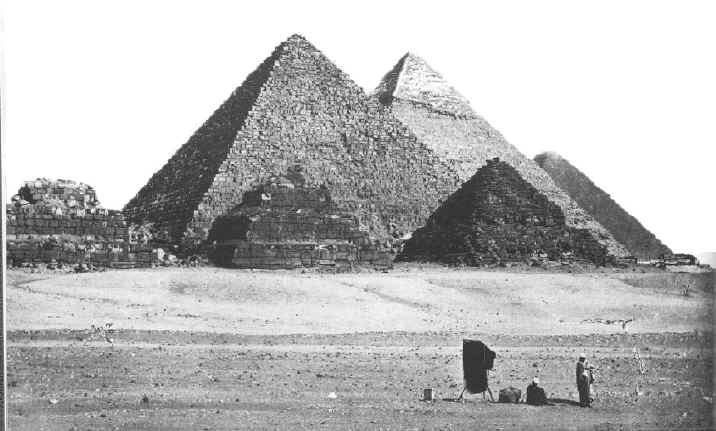When Senwosret I took the throne, he continued his military activities, securing Egypt’s southern border at the second cataract with 13 forts. He sent mining expeditions to Nubia, Syria, and the western oases. He built a magnificent solar temple at Heliopolis.
The 34-year reign of his son, Amenemhet II, saw great achievements. The king widened and deepened the canal that fed the Faiyum from the Nile, expanding hunting, fishing, and agriculture. He sent trade expeditions to Punt, the Red Sea, Lebanon, and the Levant. He carried on a thriving trade with the Mediterranean island of Crete.
The 34-year reign of his son, Amenemhet II, saw great achievements. The king widened and deepened the canal that fed the Faiyum from the Nile, expanding hunting, fishing, and agriculture. He sent trade expeditions to Punt, the Red Sea, Lebanon, and the Levant. He carried on a thriving trade with the Mediterranean island of Crete.
 Blog RSS Feed
Blog RSS Feed Via E-mail
Via E-mail Twitter
Twitter Facebook
Facebook



